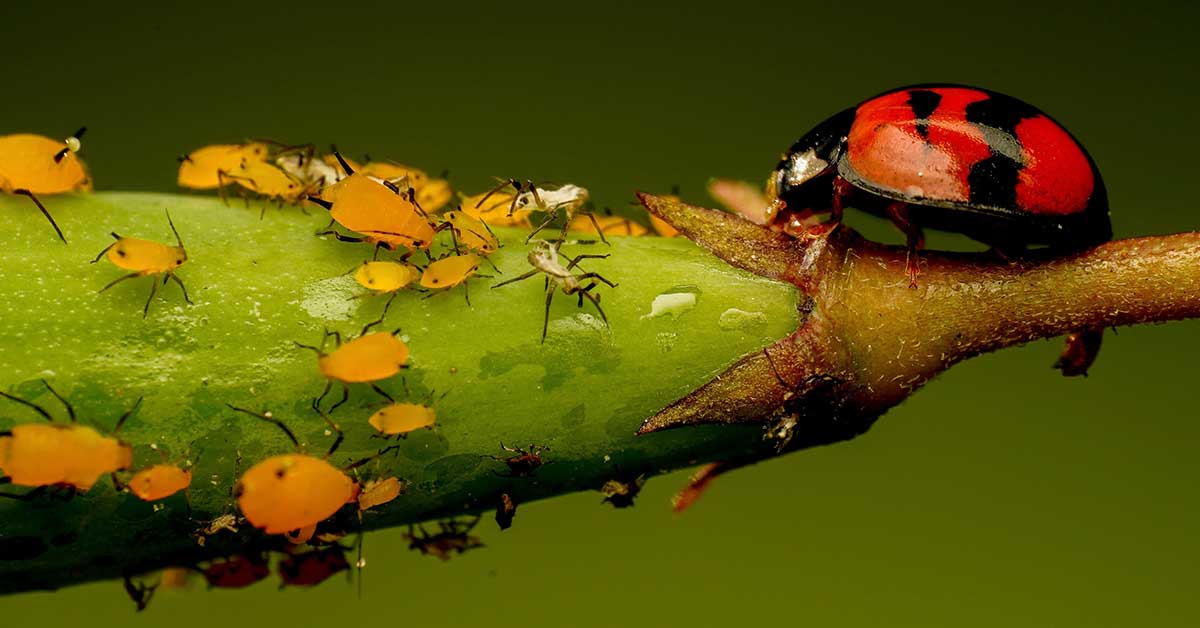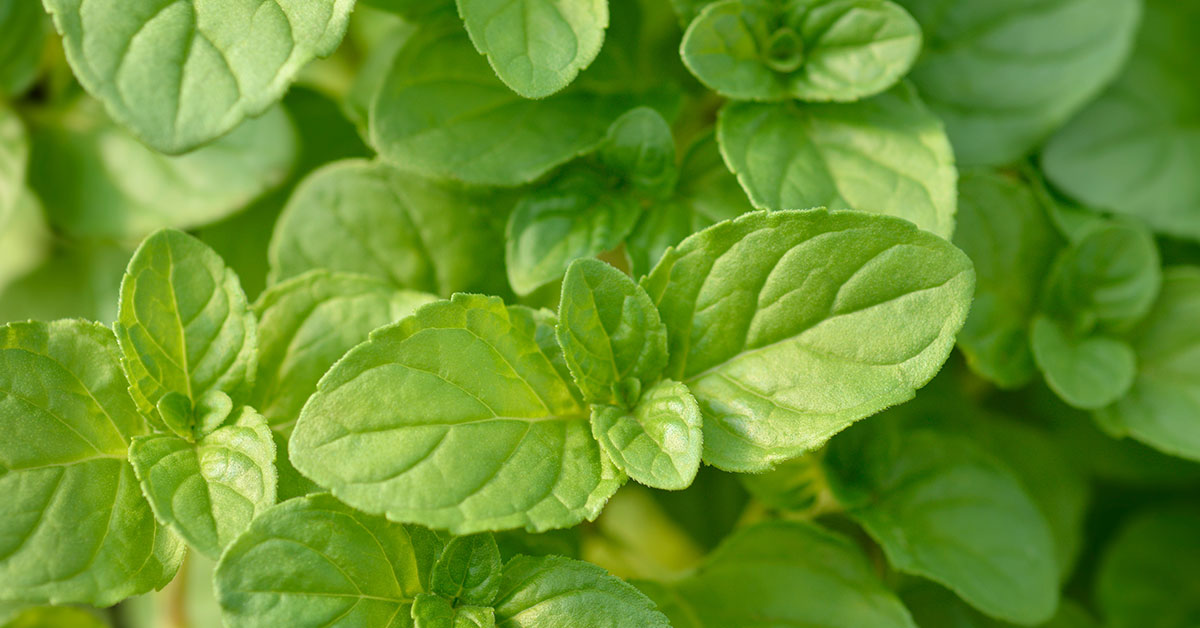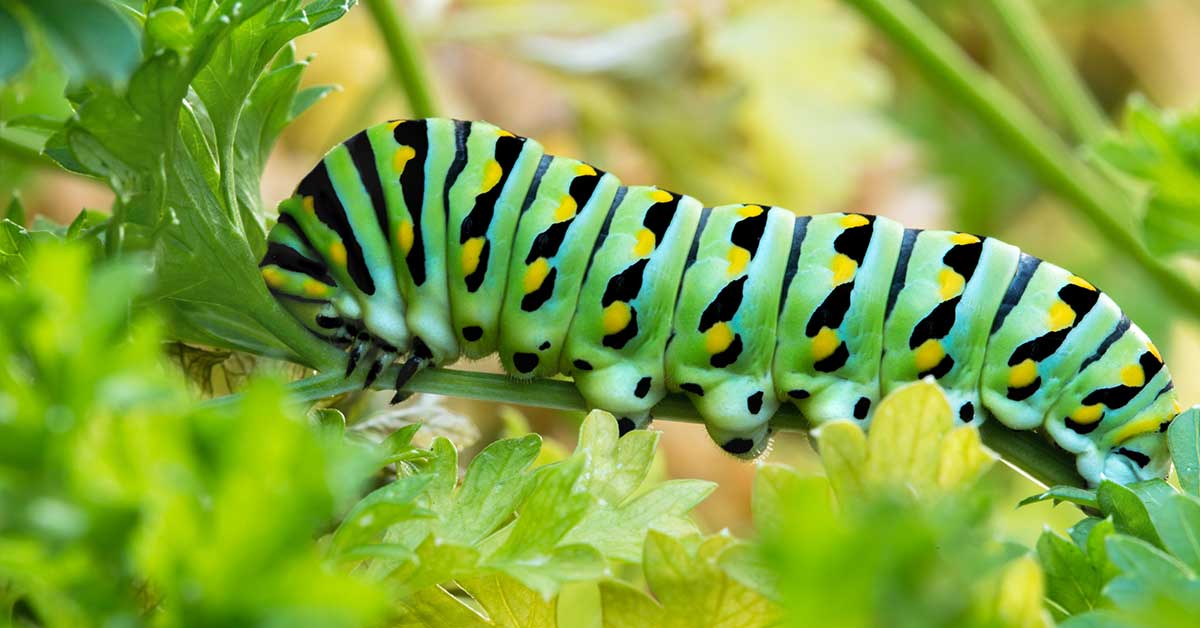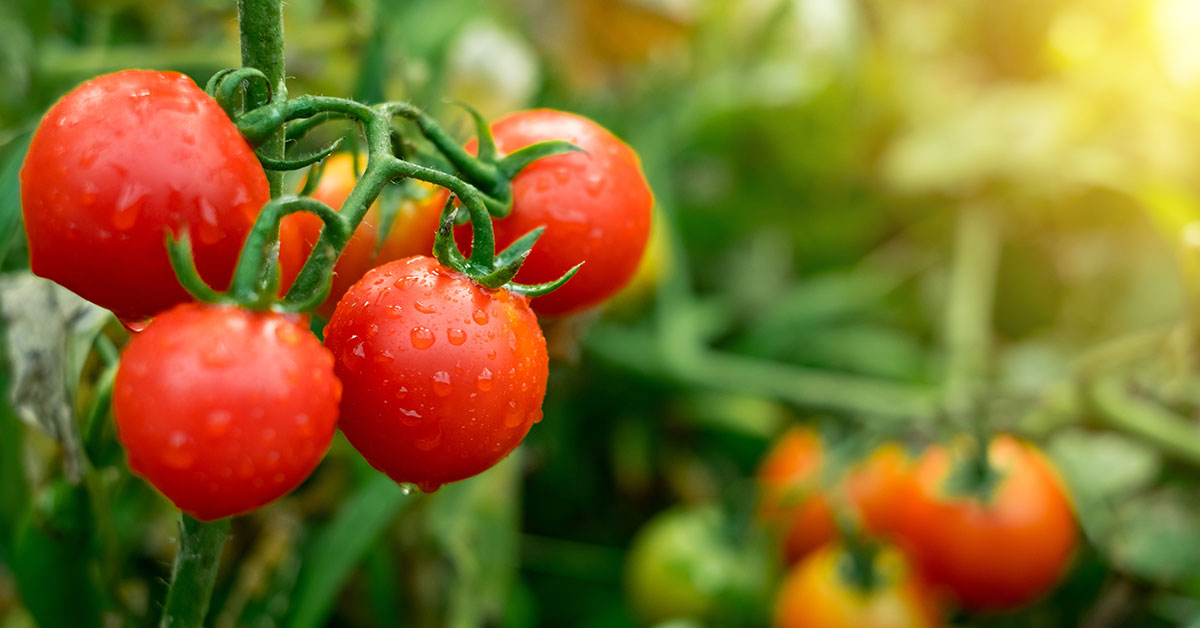For decades, there has been concern about the status of bees, particularly non-native European honeybees. But the Rusty Patched Bumble Bee is an unsung hero among pollinators, working tirelessly behind the scenes. These pollinators, with their distinctive rusty patches, are not just another bee; they’re key players in pollinating the plants that feed us and beautify our world. But here’s the thing – they’re vanishing right before our eyes, and it’s something we should all be worried about.
Sadly, these bees are getting scarcer and scarcer. It’s heartbreaking, really, knowing that their decline is a sign of bigger troubles in our ecosystems. This isn’t just about losing a species of bee; it’s about what their struggle represents for the health of our planet.
So, let’s chat about the Rusty Patched Bumble Bee, why it’s in danger, and why it matters. More importantly, let’s talk about how we, as a community of nature lovers and concerned citizens, can come together to give these bees a fighting chance. It’s a serious topic, sure, but it’s also a chance for us to make a real difference. Let’s dive in, shall we?
The Endangered Rusty Patched Bumble Bee
The Rusty Patched Bumble Bee (Bombus affinis) is a species of bumblebee native to North America, known for the distinctive rusty reddish patch on its back. It plays a crucial role in pollination, helping with the growth of fruits, vegetables, and wildflowers. This bee species has been an essential part of the ecosystem, contributing to the pollination of various plants, including commercially important crops such as tomatoes, cranberries, and peppers.
Historically, the Rusty Patched Bumble Bee was found in a wide range across the eastern United States and parts of Canada, thriving in grasslands, prairies, woodlands, and urban gardens. However, since the late 1990s, its population has experienced a dramatic decline, estimated at an 87% reduction in its numbers over the last 20 years. This sharp decline has made it the first bumblebee in the United States to be listed as an endangered species under the Endangered Species Act.
The decline of the Rusty Patched Bumble Bee is attributed to a combination of factors, including habitat loss due to urban development and agriculture, pesticide exposure, disease, climate change, and competition from non-native bee species. These factors have not only reduced the available habitat for the bees but have also affected their food sources and nesting grounds.
Conservation efforts are underway to protect and restore the habitats of the Rusty Patched Bumble Bee, along with measures to reduce pesticide usage, manage diseases, and promote awareness about the importance of bumblebees and other pollinators. Protecting this species is vital for maintaining healthy ecosystems and the continuation of agricultural and wild plant pollination services.
What can you do to help this bee?
Helping to save the Rusty Patched Bumble Bee, and other pollinators like it, involves a combination of creating supportive environments and advocating for broader environmental protections. Here’s what you can do to contribute:
Plant Native Flowers: Cultivate a bee-friendly garden by planting native flowers and plants that bloom from early spring to late fall. Native plants are particularly beneficial as they provide essential nutrients and have evolved alongside local bees. The Rusty Patched Bumble Bee is known to visit flowers like echinacea, goldenrod, black-eyed Susans, wild lupine, New England aster, ironweed, and more.
Avoid Pesticides: Reduce or eliminate the use of pesticides in your garden. Pesticides can be harmful or even deadly to bees and other pollinators. If you must use them, opt for organic options and apply them in the evening when bees are less active.
Leave Some Garden Areas Wild: Allow parts of your yard to grow wild or set up a bee hotel. Wild areas can provide essential nesting sites for bumblebees and other wildlife. Bumblebees often nest in the ground, in grass clumps, or under piles of leaves and debris.
Leave a Leaf and Brush Pile: One of the simplest yet most effective ways to support the Rusty Patched Bumble Bee and other native pollinators is by leaving a leaf and brush pile in your garden or yard. This practice contributes to creating a hospitable environment for bees, especially during the colder winter months when they seek shelter and protection.
Support Organic Farming: Whenever possible, buy organic food. Organic farms are less likely to use harmful pesticides, and by supporting them, you encourage more farming practices that are friendly to bees and other pollinators.
Spread Awareness: Educate your friends, family, and community about the importance of bumblebees and what they can do to help. Awareness is a powerful tool for change.
Participate in Citizen Science: Engage in citizen science projects that track bumblebee populations. Your observations can help scientists gather valuable data on bee distribution and health, informing conservation strategies.
Advocate for Conservation Policies: Support local, national, and global efforts to protect pollinator habitats. Advocacy can lead to the creation of more protected areas and influence policies that limit the use of harmful pesticides.
Create Water Sources: Place shallow water dishes or birdbaths in your garden with stones or marbles for bees to land on. This helps provide essential water sources for bees to drink and cool off.
By taking these steps, you can make your local environment a more inviting place for the Rusty Patched Bumble Bee and other pollinators. Collective action across communities can significantly contribute to the conservation of these essential creatures and the ecosystems they support.













